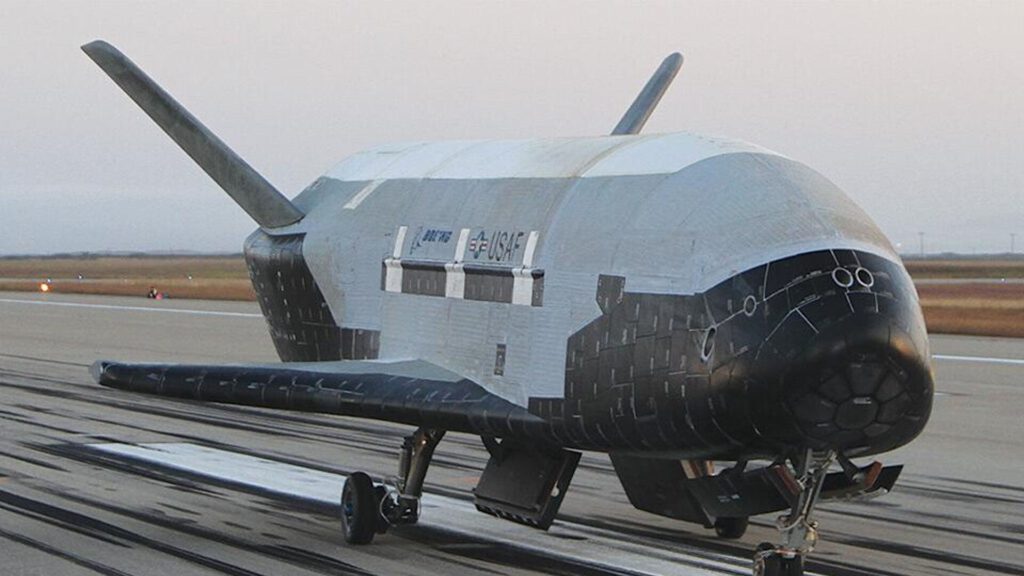Little is known about the largely classified mission, USSF-52, or its X-37B space plane, also known as the Orbital Test Vehicle (OTV). Similar in shape and design to NASA’s iconic Space Shuttle, the X-37B is tiny in comparison, with a wingspan of 15 feet and a length of 29 feet. NASA’s space shuttle was 122 feet long and had a wingspan of 78 feet.
SpaceX’s Falcon Heavy rocket is scheduled to launch the Boeing manufactured X-37B space plane for the US Space Force on Monday after a 24-hour delay due to inclement weather prevented a Sunday launch.
Now targeting Monday, December 11 for Falcon Heavy’s launch of the USSF-52 mission, with weather conditions forecasted to improve to 70% favorable for liftoff on Monday night,” the company wrote on X. “The team will use the time to complete additional pre-launch check outs.

